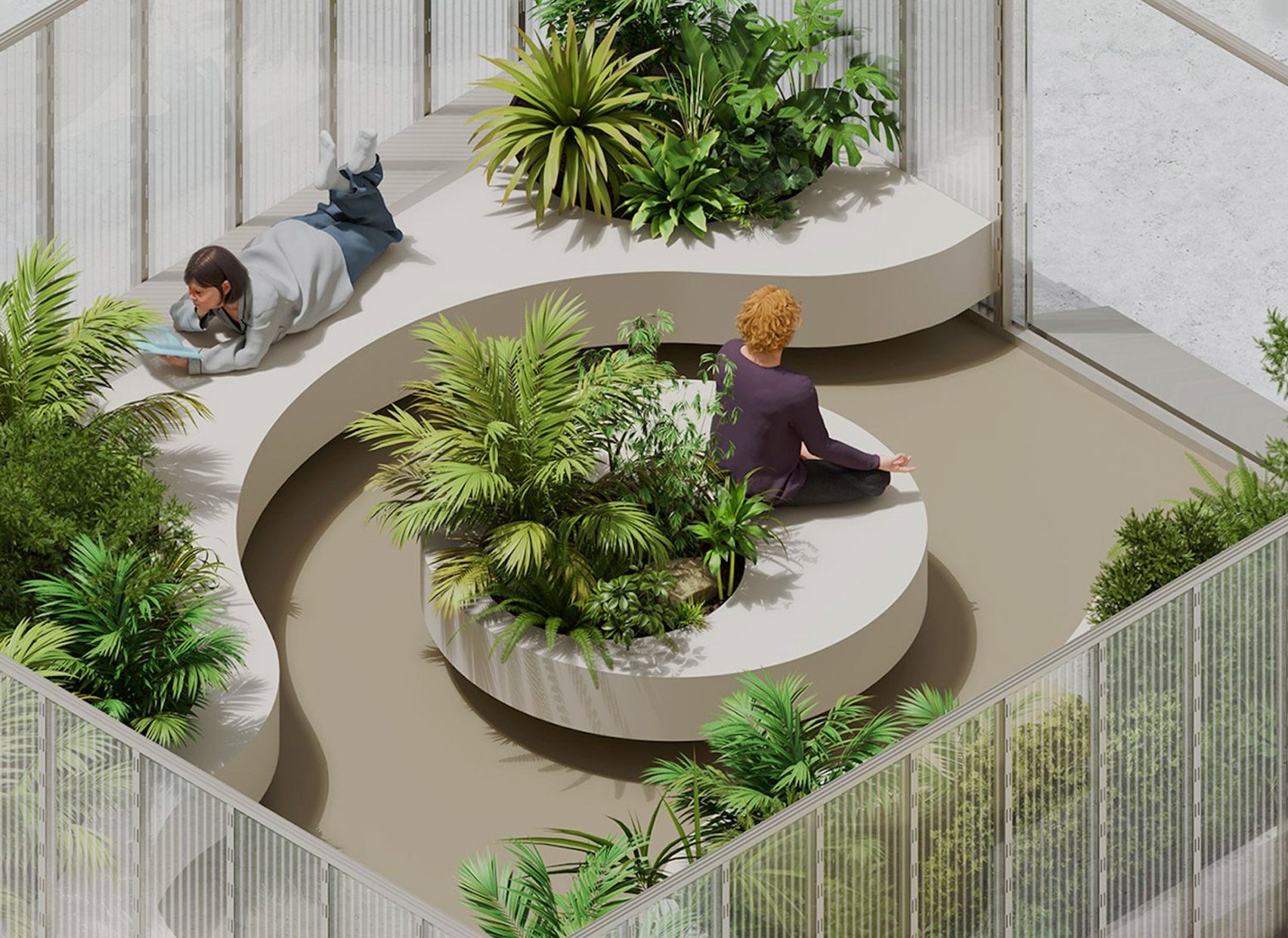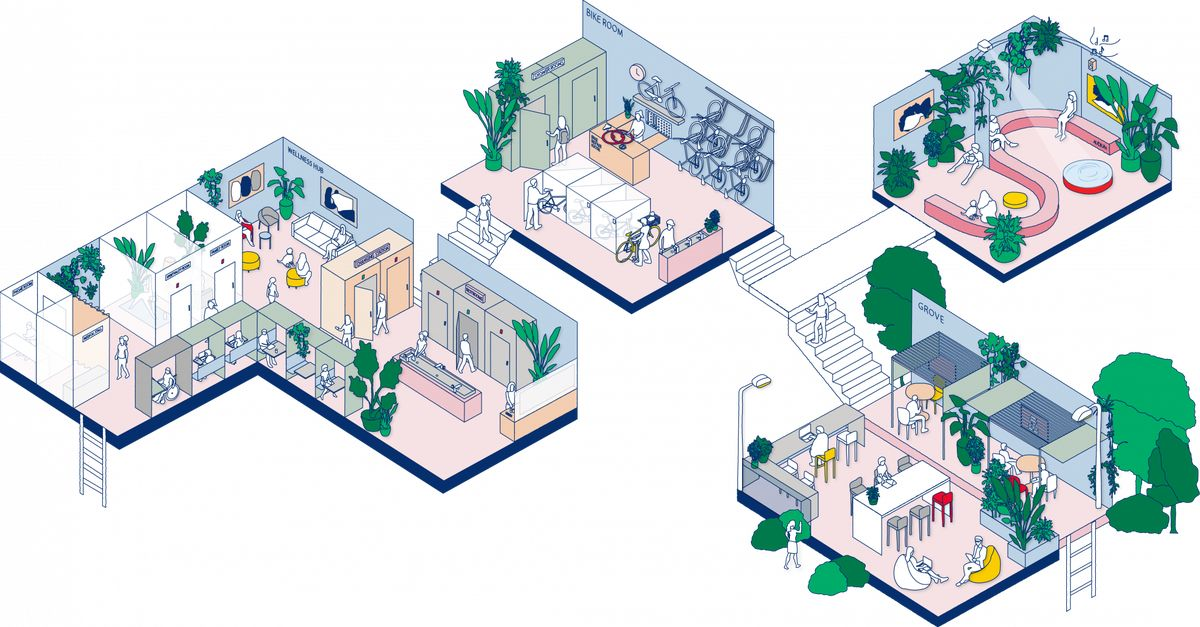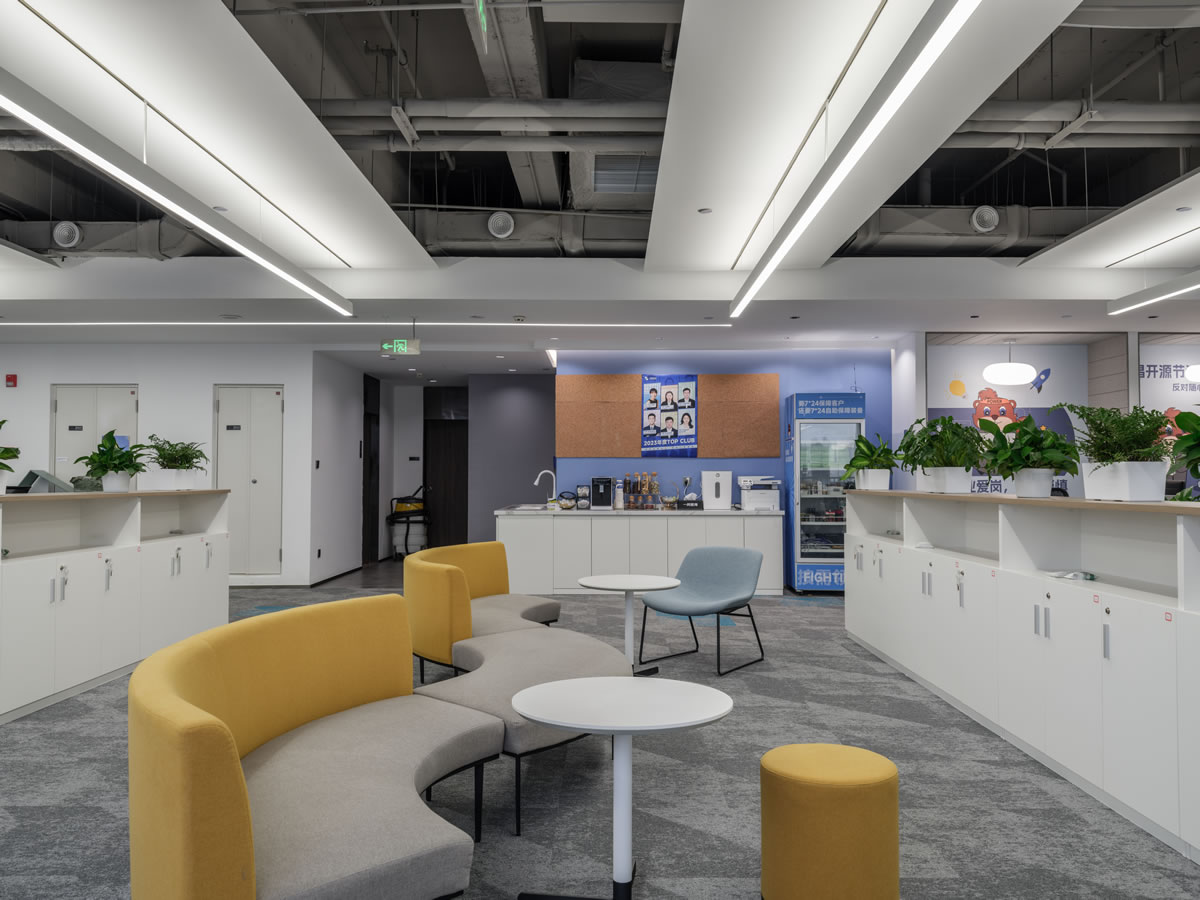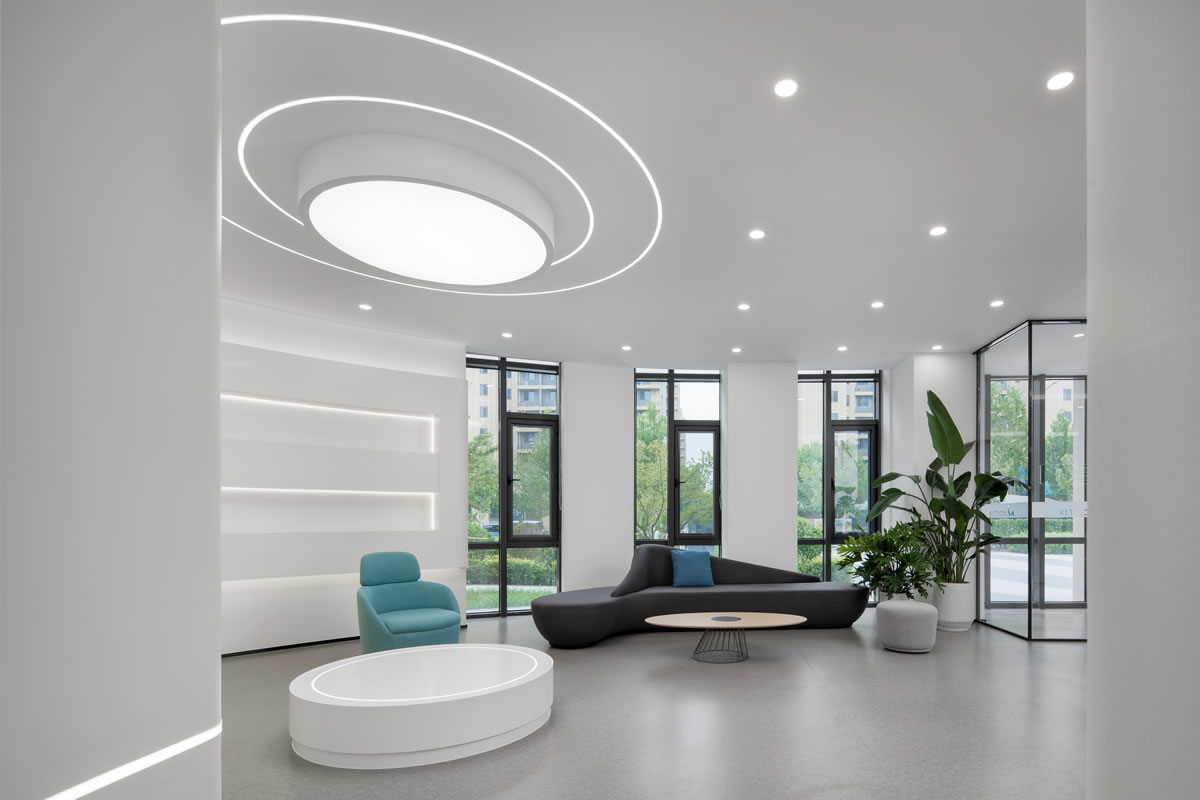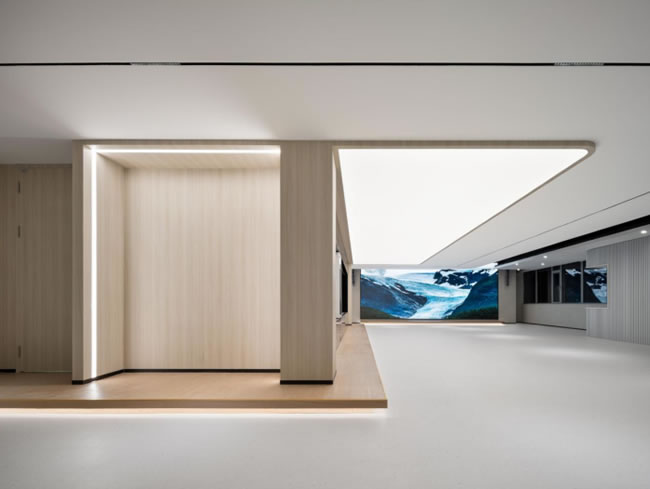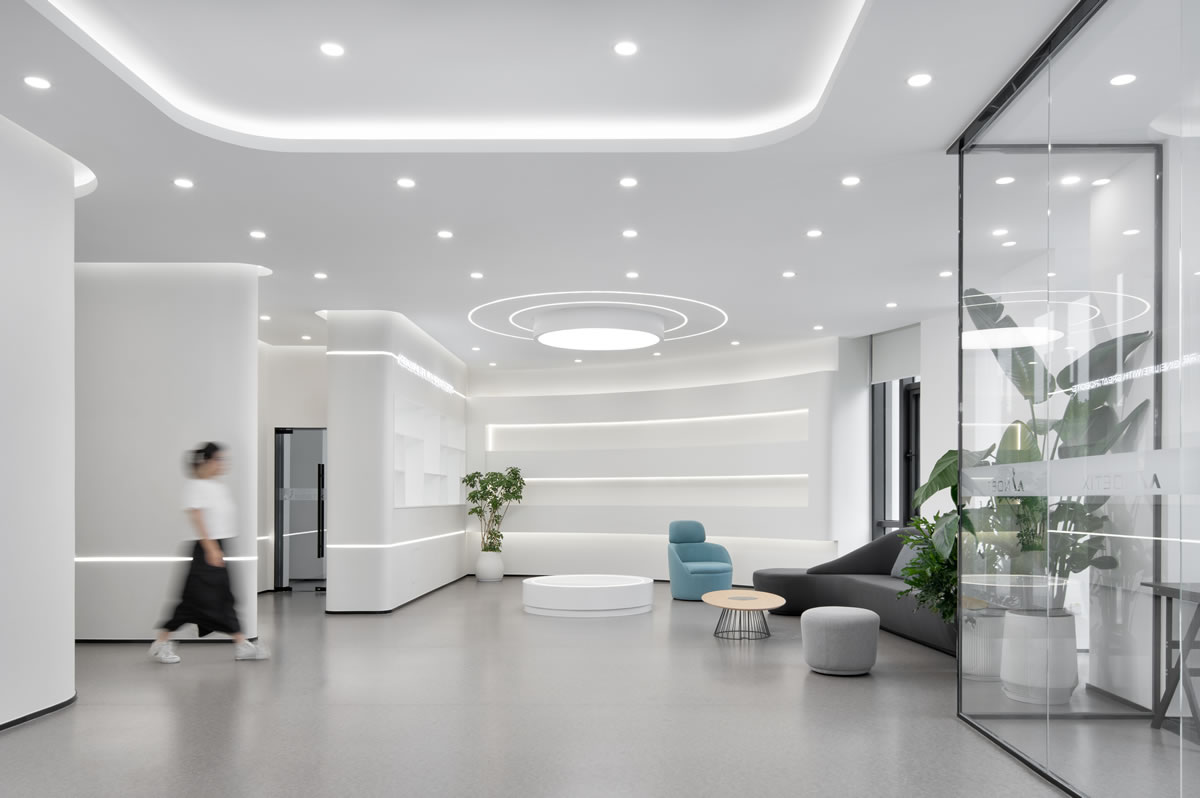
COPYRIGHT © GLEAM SPACES
POWER BY:MINGTU
The evolution of office space from cubicles to open workstations, from "efficiency first" to "humanistic care". Behind every change, there is a game between social needs and design logic. Today's office space design seems to be facing three core contradictions - and the answer may lie in "dynamic balance".
Contradiction 1: Open vs. Private - How can spaces adapt to diverse needs?
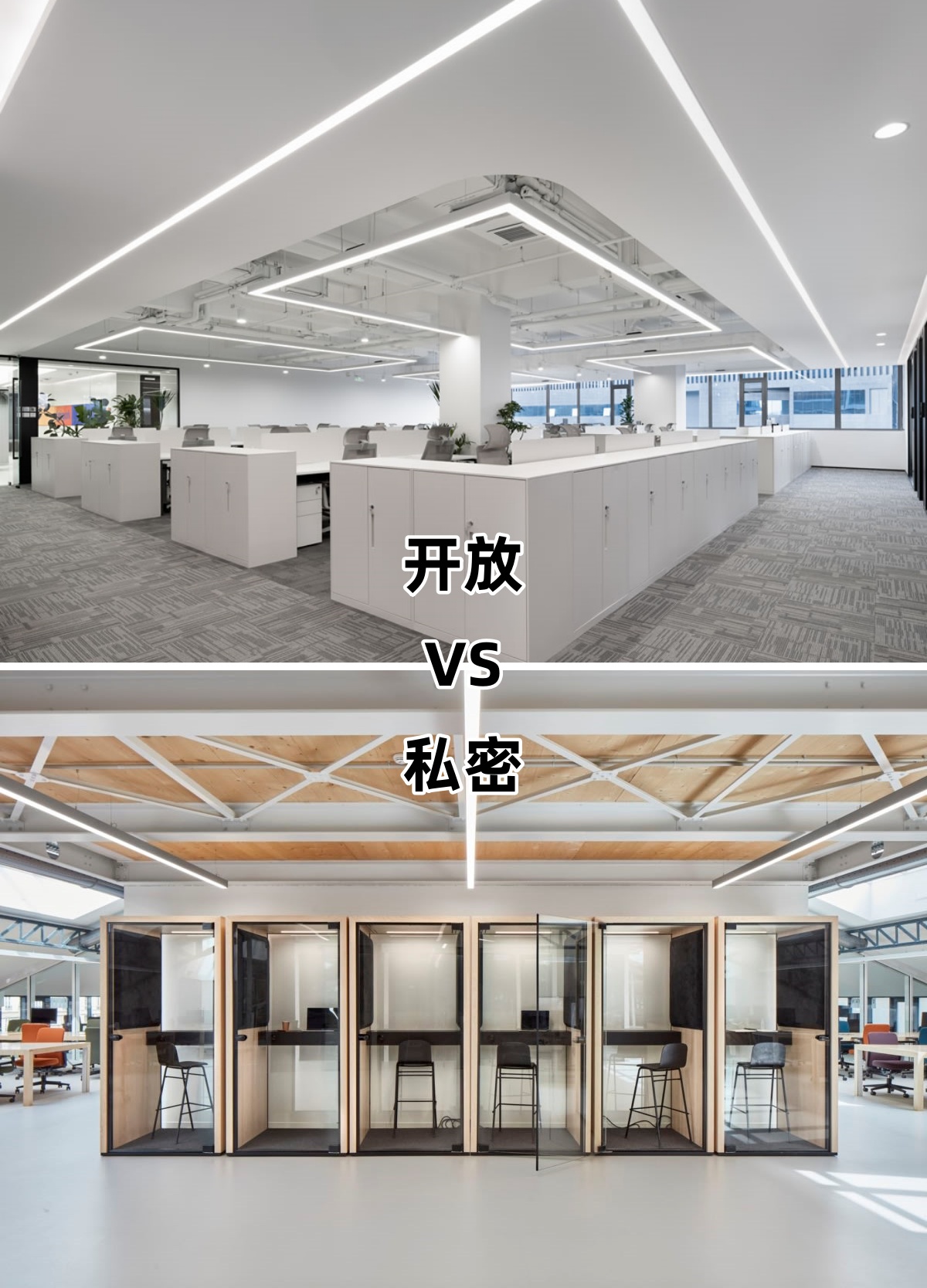
Phenomenon:
Open office was once popular worldwide for promoting collaboration and reducing costs, but Harvard research shows that excessive openness can lead to a 15% decrease in employee efficiency. Nowadays, enterprises are also adding telephone booths and dedicated cabins, forming a mixed mode of "open nested privacy".
Design solution:
Layered design: Classify the space according to "collaboration transition focus", such as open areas accounting for 60%, semi open compartments accounting for 30%, and enclosed cabins accounting for 10%.
Dynamic partition: Use movable glass partitions and green plant walls to meet the flexible restructuring needs of the team.
Thinking point:
When "privacy cost" becomes one of the factors for employees to choose a company, should design shift from "management oriented" to "individual experience oriented"?
Contradiction 2: Fixed vs. Flexible - How does space cope with uncertainty?
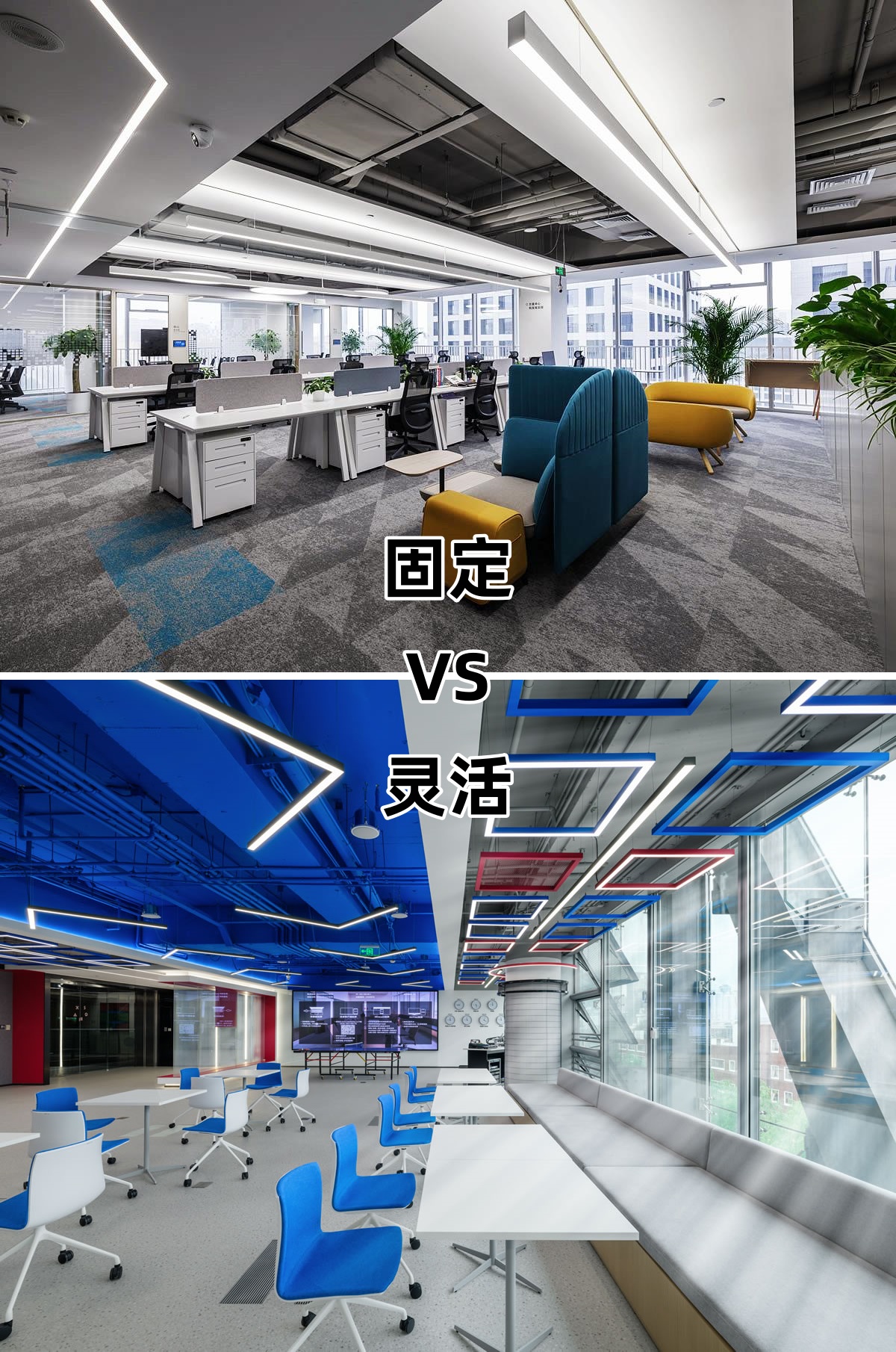 Phenomenon:
Phenomenon:
After the epidemic, mixed office has become the norm, but most companies still retain fixed workstations, resulting in over 50% of the space being idle (CBRE data).
Design solution:
Non territorial office: Improve space utilization through shared workstation systems and intelligent reservation platforms.
Modular furniture: such as adjustable tables and spliced conference tables, supporting quick switching of space scenes.
Thinking point:
When the sense of belonging no longer relies on physical seating, how should the carrier of corporate culture be redesigned?
Contradiction 3: Standardization vs. Personalization - Whose Design Should We Listen to?
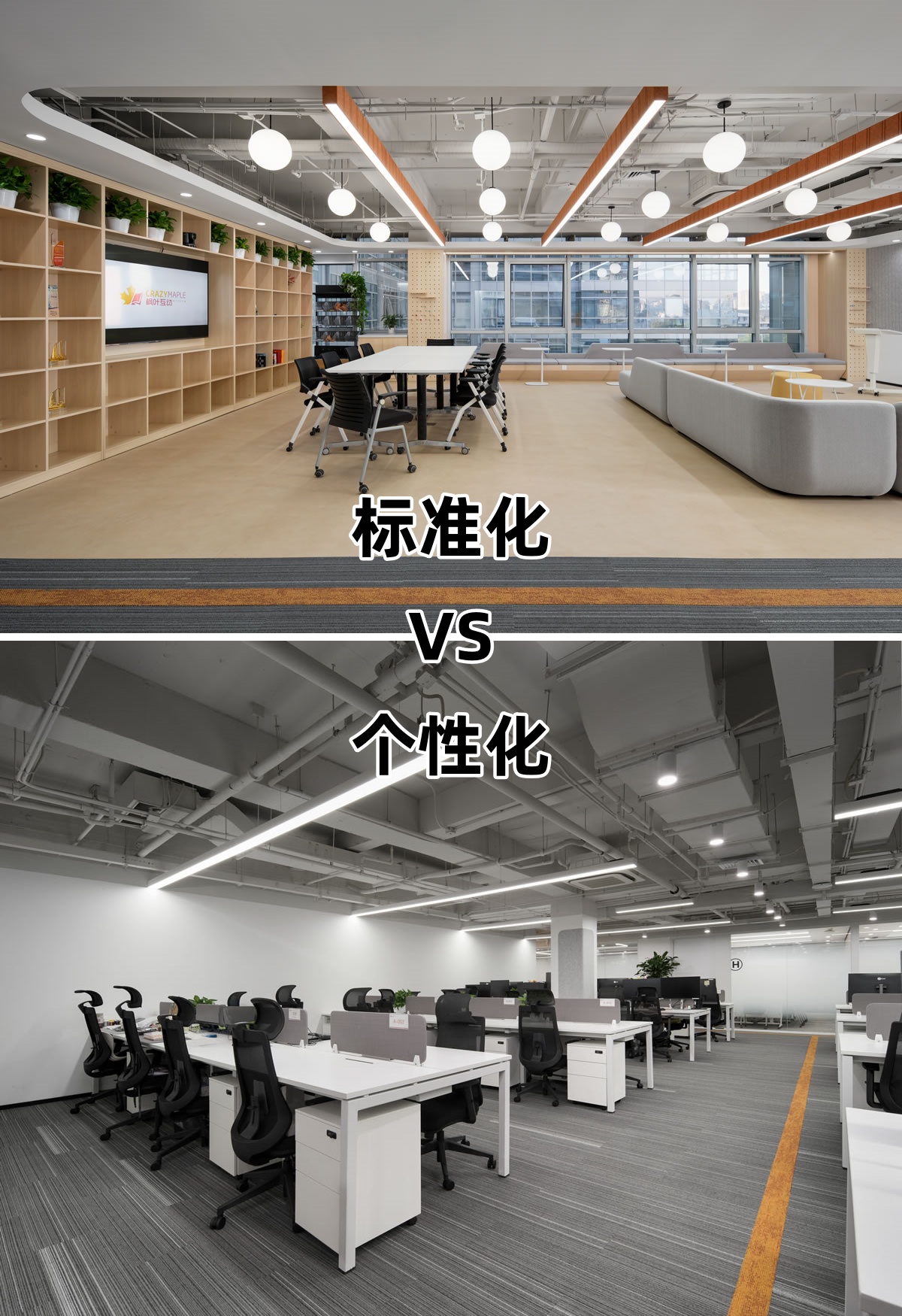 Phenomenon:
Phenomenon:
The management hopes for a unified image, while Generation Z employees pursue 'I am the master of my workstation'.
Design balance point:
Framework standardization: Unified infrastructure (lighting, wiring), with 20% reserved for team customization.
Participatory design: By selecting theme colors and public area functions through employee voting, it enhances a sense of belonging.
Thinking point:
When design power is delegated from the top, should the role of designers shift from "decision-makers" to "rule makers"?
The best office design is not to solve all problems, but to find a dynamic balance point in contradictions. When 'people' become the core variable of space, perhaps we should talk less about 'design' and more about 'response'.
And it can be seen that there is a trend of "anti design" in future office spaces~
1. Functional blurring: The pantry may also serve as a temporary meeting room, while the front desk transforms into an exhibition space.
2. Data driven iteration: Collecting usage data through sensors and fine-tuning the layout quarterly.
3. The disappearing office: With the rise of metaverse office, physical space may only retain "social anchors".
